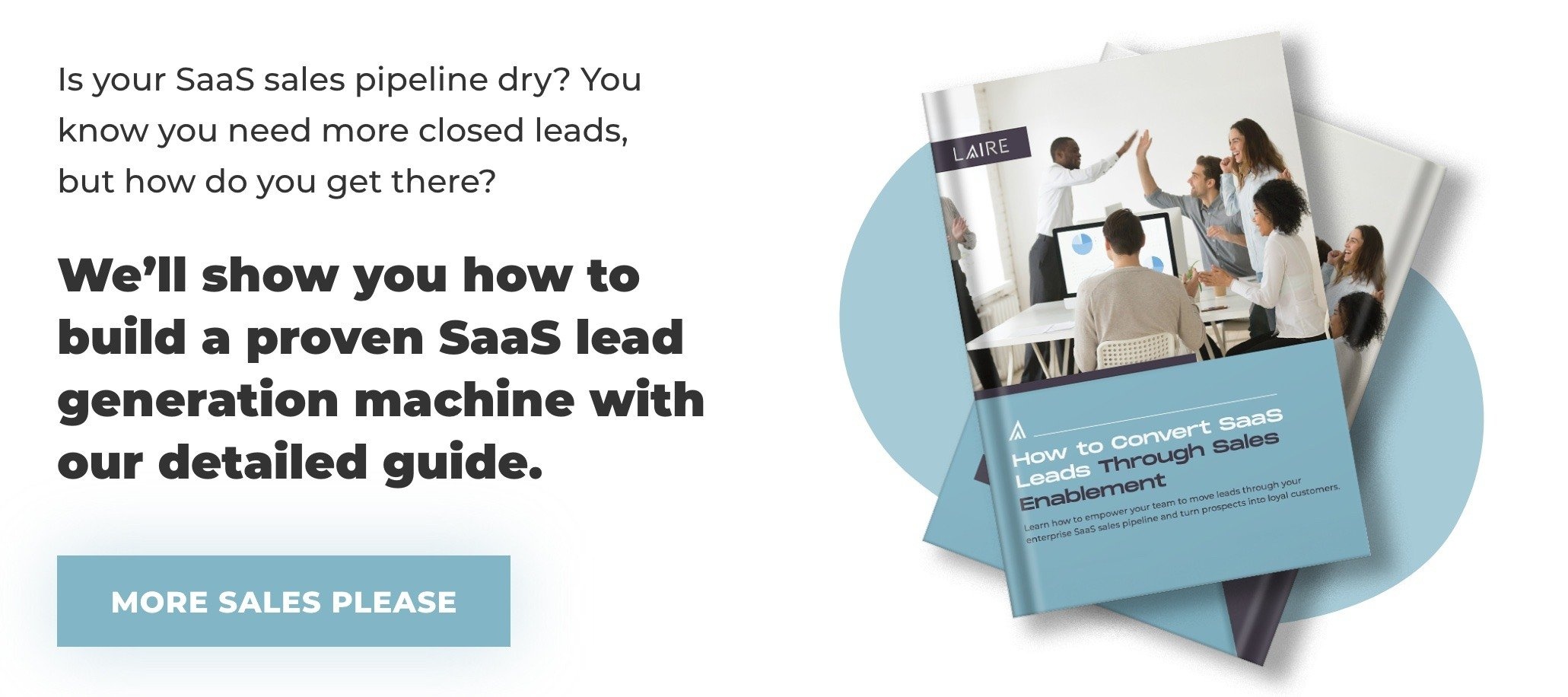In today’s business landscape, the buying experience is everything. The power of information has shifted to the buyer through simply searching the internet. Buyers in all industries now have enough information to come to the table armed and ready with pertinent questions and preconceived thoughts. The buyer expects that you (as the salesperson) will guide them along their specific journey.
Think back to the last time you went to a dealership to buy a brand new car. Before you even stepped on the dealership lot, chances are you did some thorough research online. You probably looked up options on makes and models within your budget, safety reports, gas mileage, tech features, and even style elements that were on your list and important to you.
These pieces of foundational research are the beginning stages of a buyer’s journey, which consists of three stages: awareness, consideration, and decision. While you may not be ready to make a purchase decision just yet, you are aware that you need to make a change with your car, and you want to consider the options that will best suit your needs.
In the sales world, if sales questions are centered around “when can you buy from me?”, the salesperson risks elongating the buying journey as those questions don’t build the trust needed for a large and meaningful transaction, particularly those with a “Considered Buying Process.” The role of the salesperson being a guide will facilitate a smoother sale and build immeasurable trust and rapport. Focus on giving the buyer helpful information in exchange to get more of their trust!
Here Are the “Giving-Centric” You Should Be Asking:
- Would you like to see an example of how we overcame the same obstacle with someone who faced similar concerns?
- Would you like me to set up a free trial and guide you through the process?
- Would it be helpful if I put you in touch with one of our current clients who has a similar organization as you?
- Would you like me to run a scenario that will outline how much our products will save you?
- Would you like some information, from a third party, comparing our products to others in the marketplace?
- Would you like a high-level audit of your current system and process?
Understanding the "Give and Get" from a Marketing Perspective
As a buyer, you know that your personal information (email address, phone number, etc.) is coveted, and you may not be ready to divulge all of that information at this early stage, but you may be willing to give up some level of detail in exchange for the right information.
As a marketer, understanding where your customers are in the buyer’s journey will allow you to position your messaging appropriately, so as not to drive customers away by asking for too much information upfront. For example, simply asking for a name and email in exchange for a free guide or eBook is usually a good exchange. Once the buyer is ready to move forward in their journey, they’ll be ready to share additional information about themselves.
The Value of Personal Data - The “Give”
There is a wide range of data you can collect from potential buyers, and each piece of information has a certain level of value attached to it. Paying attention to the value will help you determine when it is appropriate to ask a potential customer for that information. Using the car dealership example, here are some examples of how certain data points range in value:
Low-value data points may include:
- Cookies on a potential customer’s browser
- Retargeted ads from your dealership
- General location of a potential buyer
Middle-value data may include:
- Email address of a potential buyer
- Interest level for a specific make and model
- Timeframe for potential purchase
High-value data may include:
- Phone number of a potential buyer
- Availability for a test-drive
- Credit score, down payment amount, and budget
The Value of Information - The “Get”
As buyers continue along the buying process, they will be willing to give up different pieces of data to “get” things in return. In the car shopping scenario, your buyer’s willingness to get re-targeted digital ads, pricing comparisons, a detailed consumer report, and the ability to have the exact car pulled to the front of the lot for a test drive will come at the expense of your buyer.
Buyers are spread out along their buying journey and have significantly different needs throughout the experience. Some want to be educated without giving out too much information, some are ready to be nurtured for a future sale, and others are ready to talk to the sales team immediately.
If you ask your potential buyers for too much “give” (of their data) without offering enough of a “get” (the information they need) you will quickly lose the opportunity to obtain information about that potential buyer.
A prime digital marketing example is when there’s only one website form to “Get In Touch Today.” Often, the consumer is not ready for the sales team to get in touch with them in exchange for their high-value personal data - it’s a lopsided transaction!
To consistently attract and obtain new leads, you must make sure what they give is of similar/equal value to the get at each stage of your buyer’s journey.
Aligning the “Give” with the “Get”
-
Creating multiple marketing offers for buyers along the spectrum of the buying process will give you the ability to align with customers at their own pace, which in turn will help you collect pieces of their data at the same value level as the information you are giving up. If you’re only creating offers for one stage in the buyer’s journey, you’re missing opportunities to further nurture leads and getting them to convert.
Multiple offers are the foundation of your lead nurturing strategy! Whether it’s an eBook, webinar, or consultation, you will want to ensure you have an offer that is appealing for everyone. Here are some examples of what multiple offers might look like:
- A special offer or coupon in exchange for your potential buyer’s email address
- An eBook or resource guide, in exchange for your potential buyer’s email address and full name
- A free trial in exchange for your potential buyer’s phone number, email address, and full name
- Free consultation in exchange for your potential buyer’s phone number, email address, and full name
- A free or discounted product sample when your potential buyer schedules a demo (providing their phone number, email address, and full name)
Conclusion
Ensure your marketing activities cover all stages of the buyer’s journey, from the awareness stage to the decision stage. The offers you “give” your potential customers should be at the same value as the data you want them to give up! Become a resource for the buyer and watch the trust grow and new leads follow!


